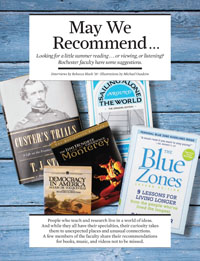Features
People who teach and research live in a world of ideas. And while they all have their specialties, their curiosity takes them to unexpected places and unusual connections. A few members of the faculty share their recommendations for books, music, and videos not to be missed.
James VanDemark
Professor of double bass
Custer’s Trials: A Life on the Frontier of a New America by T. J. Stiles

One need not be a devotee of American history to be impressed. Stiles [the winner of the 2016 Pulitzer Prize in History] employs remarkable detail to give a compelling portrait of Custer, a man of wildly contradictory character and complexity: an intelligent, curious, and often brilliant Civil War commander, yet possessing a spectacularly inflated ego and a penchant for self-destruction, all vividly displayed before his demise at Little Big Horn. Avoiding caricature, Stiles provides a fascinating depiction of Custer’s convoluted relationships with his wife, Libbie, and with the African-American woman who ran the Custer household, Eliza Brown.
Jean Elisabeth Pedersen
Associate professor of history at the Eastman School of Music
Democracy in America by Alexis de Tocqueville
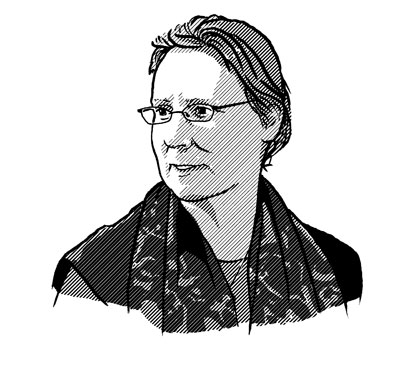
I am reading and loving Alexis de Tocqueville’s Democracy in America. When de Tocqueville sailed from France to the United States with his friend Gustave de Beaumont to visit the New World and report back about the latest trends in prison reform in 1831, France had just established a new constitutional monarchy and America was just entering the age of Jacksonian democracy. De Tocqueville’s travel stories are fascinating, and his comments on topics as various as liberty and equality, federal systems and states’ rights, the similarities and differences between the American and French Revolutions, and the historical reasons for which democracies are most likely to succeed or fail are all still as interesting, insightful, and important today as they were when the book first appeared in two volumes in 1835 and 1840—especially in the campaign year that we are all now observing, experiencing, and shaping on the way to the presidential elections of 2016.
Lynne Orr
C. E. Kenneth Mees Professor of Physics
Sailing Alone Around the World by Joshua Slocum
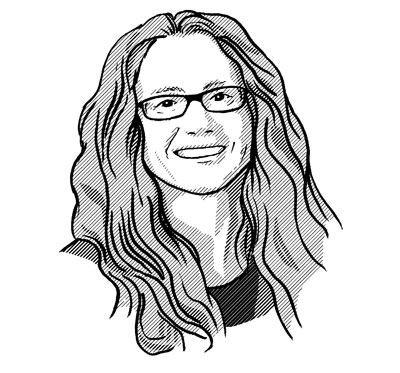
This may be the most charming true-life adventure book ever written. From 1895 to 1898 Joshua Slocum sailed solo around the world—the first person ever to do so—in a 36-foot wooden sloop. Slocum’s account of his adventures along the way, sometimes harrowing, sometimes funny (and sometimes both, as in his struggles to sail through the Strait of Magellan—twice), is an engrossing read. His writing is understated and laced with a sly, subtle humor, and the book is refreshingly free of the breathless prose that often characterizes contemporary narrative nonfiction. I’ve read Sailing Alone Around the World over and over, and each time I’ve found new reasons to love it.
Brian Giordano
Assistant professor of orthopaedics
The Blue Zones by Dan Buettner

The author travels around the world to various regions—“blue zones”—where inhabitants have been found to live significantly longer than expected for general populations. He delves into factors in these populations that may positively influence lifespan and quality of life, namely, lifestyle, diet, and outlook, among others. Lessons learned from the world’s longest-living people showcase the notion that longevity is not found in a pill or surgery, but through interesting and unexpected influences.
Matthew BaileyShea
Associate professor of music theory
Jimi Plays Monterey
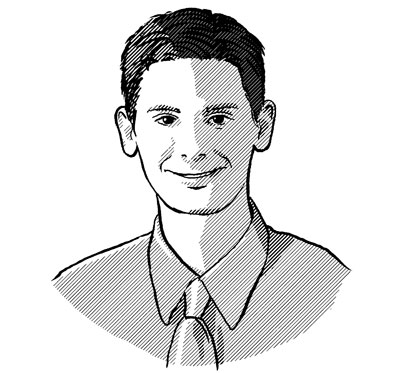
Whenever I encounter someone who hasn’t yet had the Jimi Hendrix experience, I advise them to get online and seek out every video they can find from the legendary 1967 concert at the Monterey Pop Festival. The performance culminates with Hendrix, dressed like a marigold, sacrificially dousing his Stratocaster with gasoline and setting it ablaze. He also plays astonishing guitar solos with his teeth. But listen for the subtleties, for the blues and the R&B, and especially for the warmth and compassion that he brings to Dylan’s “Like a Rolling Stone.” I first saw this footage as a teenager late one night on PBS. I’m not sure I’ve fully recovered.
Carmala Garzione
Professor of earth and environmental sciences
Fugitive Pieces by Anne Michaels
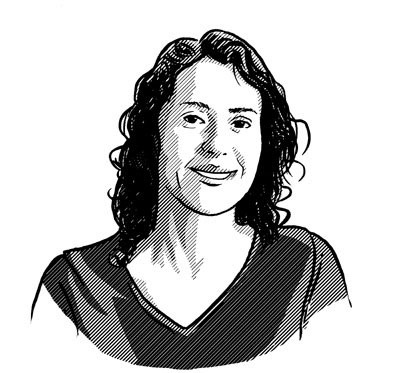
This novel is perhaps the most memorable book that I’ve read. It touches on all of the senses, leaving the reader with a rich sensory memory of the emotions elicited by the story. Parts of the book read like poetry that caresses both mind and spirit. The plot centers on a young boy’s survival in the face of trauma and the quest for personal and intellectual discovery. A geologist also figures prominently in the story, making the cast of characters complete.
Carol Anne St. George
Assistant professor and director of literacy education program
Still Moving by Danny Clinch

This suggestion comes not from my current work as director of reading and literacies at the Warner School, but from my appreciation for rock music and past experience as an independent record store owner. Danny Clinch, photographer and film director, has been the talent behind hundreds of record covers and magazine spreads covering a wide variety of artists and pop music genres. Along with Clinch’s narrative, the book holds beautiful and artistic backstage photos and private glimpses of many rock legends. His stories about his experiences over the years are fascinating and demonstrate his passion for what he does. Anyone who has been a music fan over the past 30 years should enjoy this visually exciting and historically relevant coffee table book. It’s great fun to pore over each photo while listening to classic rock.
Mark Bocko
Distinguished Professor of Electrical and Computer Engineering, professor of physics and astronomy
The Man Who Flattened Earth: Maupertuis and the Sciences in the Enlightenment by Mary Terrall
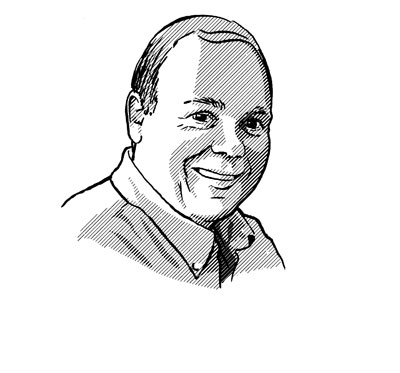
Maupertuis is responsible for the principle of least action in classical mechanics (one of the foundations of physics), but he was involved in all kinds of studies and enterprises, like an expedition to Lapland to carry out earth geodetic measurements. He was also an accomplished self-promoter—which sadly one sees to a large degree in academic science in the present day—but it’s interesting to read how this was practiced and brought to a high level in the 1700s.
As a music recommendation, I like all of the CDs from Gordon Goodwin’s Big Phat Band (a 17-piece jazz big band). I love big band music, and play the bass myself in a big band, but the recording production values of his CDs are outstanding, and we use a lot of his music for demo purposes in our loudspeaker development research.
Eric Blackman
Professor of physics and astronomy
NOVA: Death Star
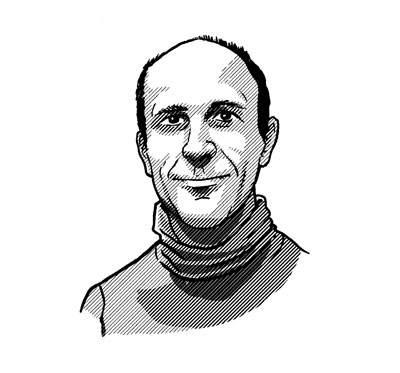
This documentary, produced in 2002, is one of the best one-hour documentaries on an astrophysics subject that I’ve ever seen. It captures both the excitement of science and the science itself extremely well, right from the opening scene. It shows how astrophysics proceeds from the discovery of a new source, to follow-up observations, to theoretical investigation of what the source could be, along with even the politics of big science—it follows a mystery unfolding, and shows the suspense involved.
I also recommend Street Corner Symphonies: The Complete Story of Doo-wop. I’ve been a fan of this style of music since I was a small child. This is the music of urban R&B vocal groups from the 1950s and 1960s. One of the characteristics of doo-wop is smooth, soulful harmonies—usually four- or five-part. It originated as a cappella singing on street corners. While the music on the page is very simple to play, it’s hard to make the harmony sound as good as the very best groups do, and doo-wop experts become picky (perhaps like wine experts). This recent CD set, which covers 1939 to 1963, is one of the best compilations of many superb recordings in the genre, remastered for clear sound and with good historical notes. It’s like a short course in the genre. A good doo-wop recording has something in common with a good astrophysics paper: sometimes the best research papers are actually artfully very simple, elegant, and harmonious. Only a small fraction of papers get this combination right because it requires having a sophisticated grasp of scientific concepts and being able to filter the important minimalist ingredients while eliminating the extraneous stuff to have the maximally efficient effect. A good doo-wop song is a metaphor for something that accomplishes this in music—at least for me.
Elizabeth Colantoni
Associate professor of classics
To Each His Own by Leonardo Sciascia

This book tells the story of a murder in a small town in Sicily. The only person who is interested in uncovering the truth is a teacher in the town who becomes obsessed with the case and works to unravel a mystery that no one really wants solved. What I love about this book is the way it bends genres and turns a story framed as a murder mystery into an investigation of the nature of evil and the complicity of the individual in societal corruption. The point of the book is not really the whodunit, but rather how society, or in this case more specifically, residents in a small town in Sicily, respond to murder and corruption. The book presents a story that is well grounded in its setting in Sicily in the 1960s, but, like any great piece of literature, it also raises human issues and moral questions that are important independent of time and place.
Dena Phillips Swanson
Associate professor of counseling and human development
Between the World and Me by Ta-Nehisi Coates
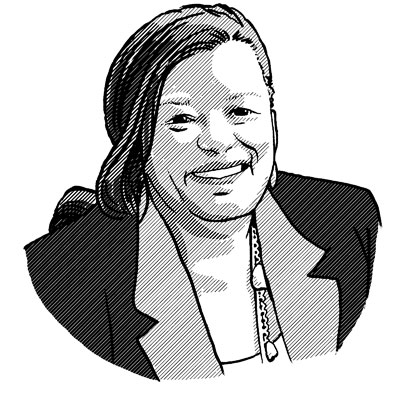
This nonfiction book is written as a letter by Coates for his son to understand the America he must navigate as an adolescent black male. My research examines identity development with a focus on racial and ethnic minority adolescents. Coates offers perspectives framed by his personal experiences to shape his son’s identity and values, particularly necessary when the rules that govern society are not applied as he would expect. The narrative is informative rather than prescriptive, intersecting historical and contemporary American events to connect issues across time. In writing to his son, Coates answers questions about injustices his son, and many like him, seek to understand. A national correspondent for The Atlantic, Coates offers messages to his son that transcend assumptions about race and economic status; throughout the book, he presents challenges encountered by many black families raising children who must navigate social and personal injustices. This book is simply a must read.
Henry Kautz
Robin and Tim Wentworth Director of the Goergen Institute for Data Science and professor of computer science
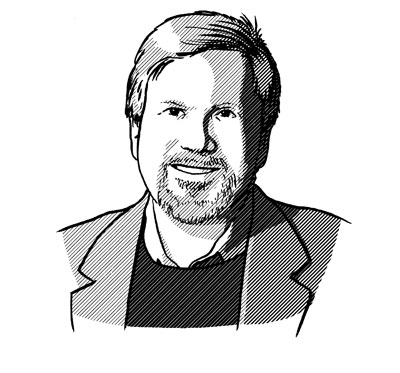
The Master Algorithm: How the Quest for the Ultimate Learning Machine Will Remake Our World by Pedro Domingos
This is the book I recommend to all my friends and family who ask me what it is I actually do as a researcher in artificial intelligence. In clear and lively writing, completely free of equations and jargon, Domingos quite accurately describes how machine learning works, and the challenges that lie ahead.
And The Buried Giant: A Novel by Kazuo Ishiguro is a beautifully written fable about memory, forgiveness, war, and love, set in the mists of post-Arthurian Britain—but it speaks to every nation that has been torn by sectarian violence, and every person who has sought refuge from the cruelties of love in forgetfulness.
Gretchen Helmke
Professor of political science
It Can’t Happen Here by Sinclair Lewis
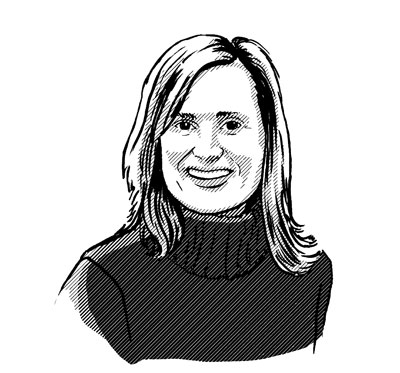
I read this book for the first time maybe a decade ago and thought it was a brilliant political satire about what fascism would have looked like in the United States had Huey Long beaten FDR in 1936. The book opens with the election of President “Buzz” Windrip, a charismatic, but ultimately incompetent, authoritarian leader whose campaign prevails with a mixture of nativism, nationalism, antiestablishment bluster (including attacks on the media), and fantasy-based economic policies. During this election cycle, many pundits and others have rediscovered Lewis’s novel and its enduring message about the perils of populism.
Celeste Kidd
Assistant professor of brain and cognitive sciences
The Baby Human

I would highly recommend this Discovery Health series to anyone interested in learning about experimental methods used in developmental psychology. The show includes experimental demos from some of the top developmental labs around the world. Topics range from motor development to memory to language acquisition, so the breadth is also impressive. Although the program is no longer on the air, there are episodes available on DVD and online.
John Lambropoulos
Professor of mechanical engineering
Climate Change 2013, The Physical Science Basis by the IPCC, the International Panel on Climate Change

The book is huge—I have read portions of it, and I am not sure that my brain captures the full argument in all its details. The book describes in excruciating detail the documentation of how climate change is measured, and the science supporting the evidence that climate change is anthropogenic. It also contains different scenarios of climate change in response to different human responses to reducing the greenhouse gasses. Different mitigation approaches involve different political, economic, engineering decisions: we need to know, before we adopt them, what the consequences of our collective decisions will be. It’s not exactly bedtime reading. If anything, reading it before going to bed is guaranteed to keep you up all night. I have often told my students that, when I was in college, climate change was not an issue. But it is an issue for my students’ lifetimes, and we will all have to address, collectively, its resolution.
Cyril Meyerowitz
Professor of dentistry
The Book Thief by Markus Zusak

It’s a first novel written by the author and was originally intended for young adults—however, it is definitely a book for all ages and a remarkable story of how hope triumphs over adversity. The story is about the experiences of a nine-year-old orphan girl during the Holocaust and is told by an unlikely narrator, death—an unusual literary device, but it works wonderfully as beauty and chaos and horror are contrasted. I have read a great deal about World War II, both fiction and nonfiction. This book stands out for me as it tells a rather simple story during a terrible time in a way that educates you while it tugs at your heart. One of the few books I have read that brought tears to my eyes.
I am a music lover, with a preference for classical music and particularly chamber music. Beethoven’s string quartets, particularly the late quartets, are my favorites. However, the piece of music that I would suggest as a “never miss” is Schubert’s String Quintet in C major. It’s his last chamber piece. He wrote it a few months before he died. It has an extra cello, in addition to the usual string quartet instruments. I am a cello lover, so the extra cello definitely works for me. And the second movement, an Adagio, often referred to as “sublime,” is just that. It is my recipe for friends who are swept up by the maddening pace of life: “a good Scotch, a quiet space, and the Schubert Quintet’s Adagio movement.” Just a wonderful piece of music.

